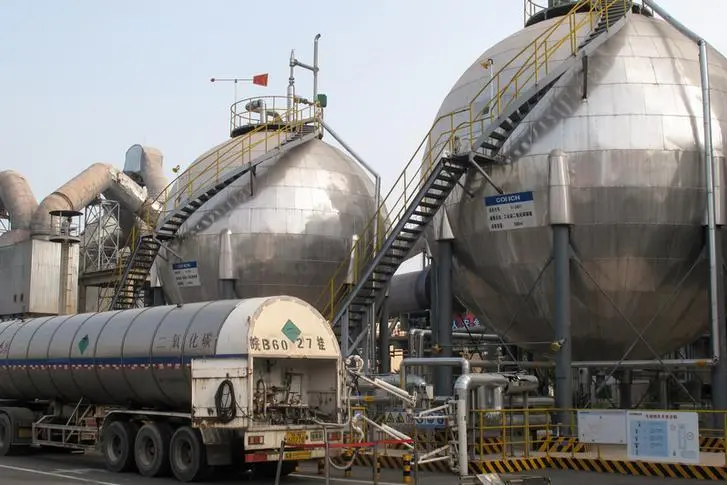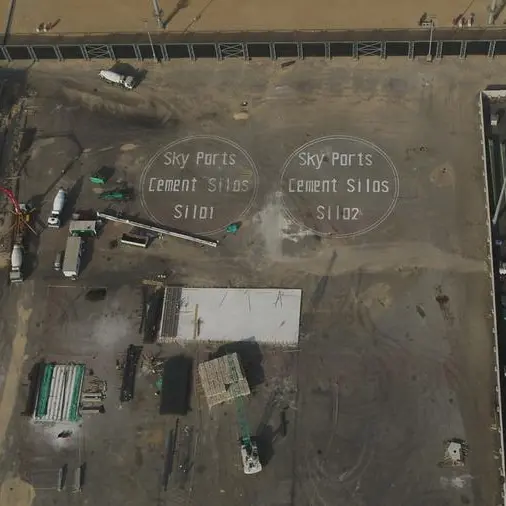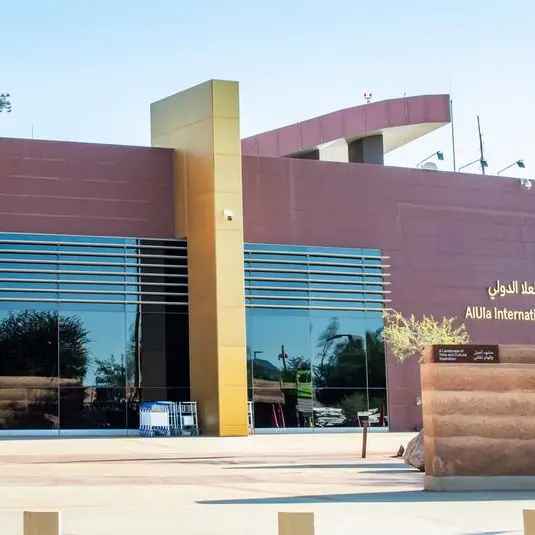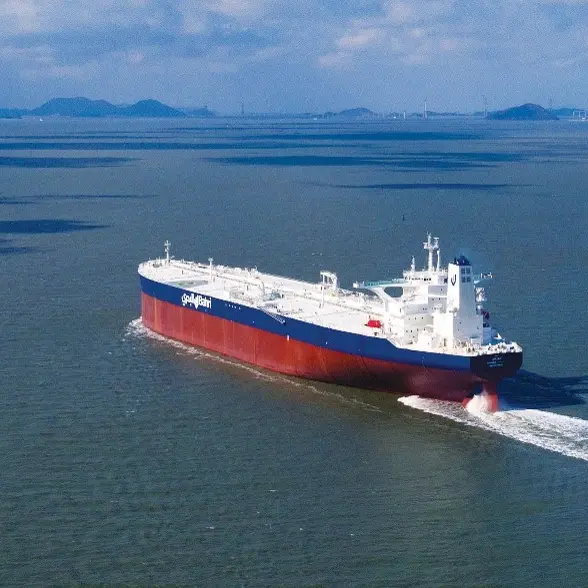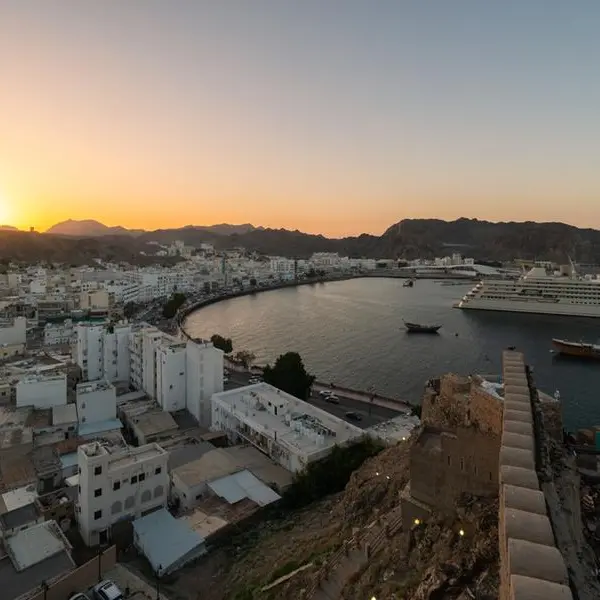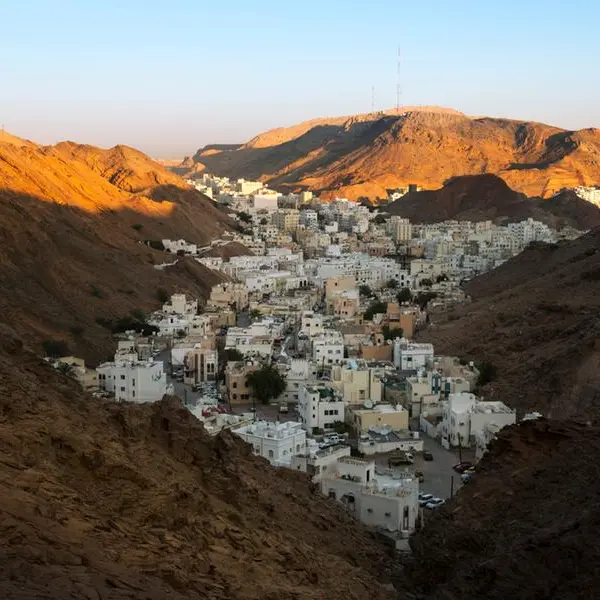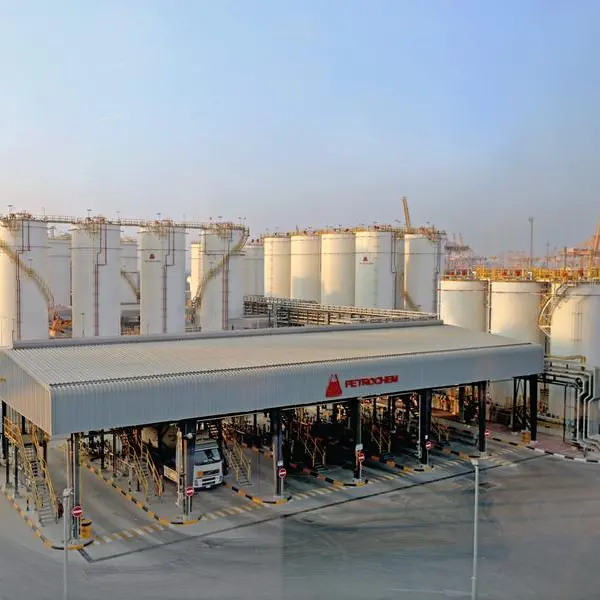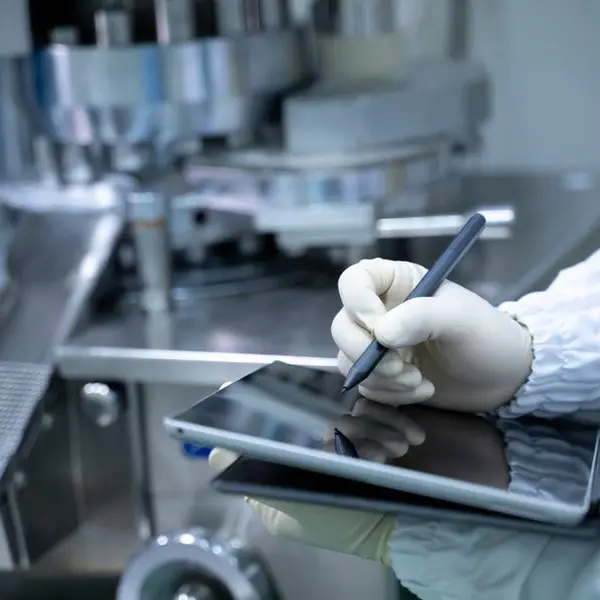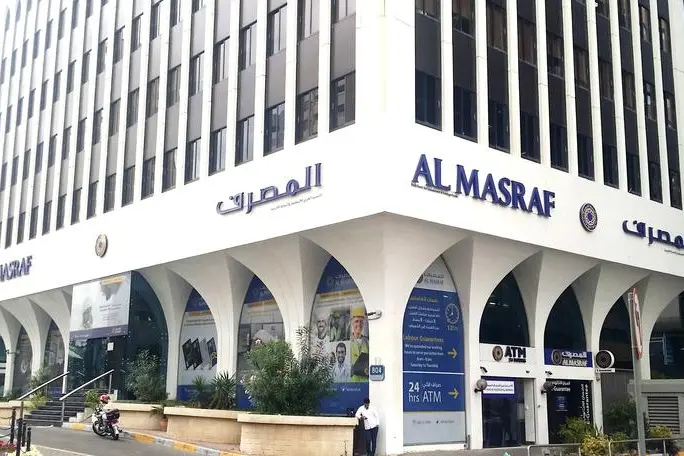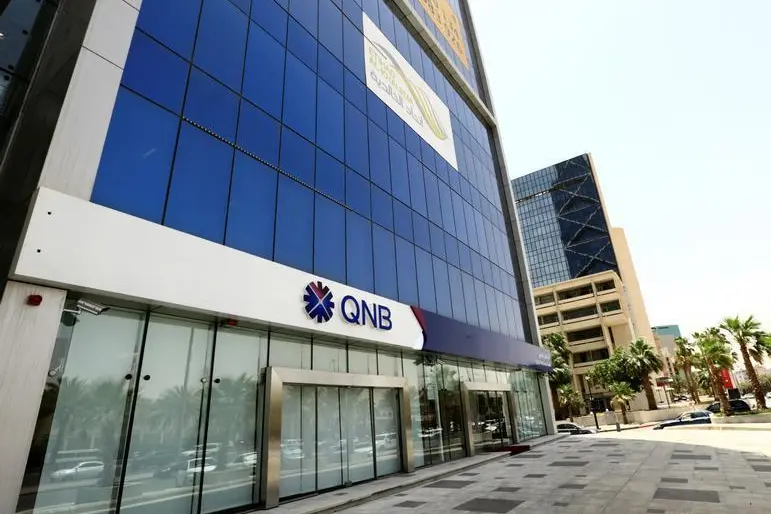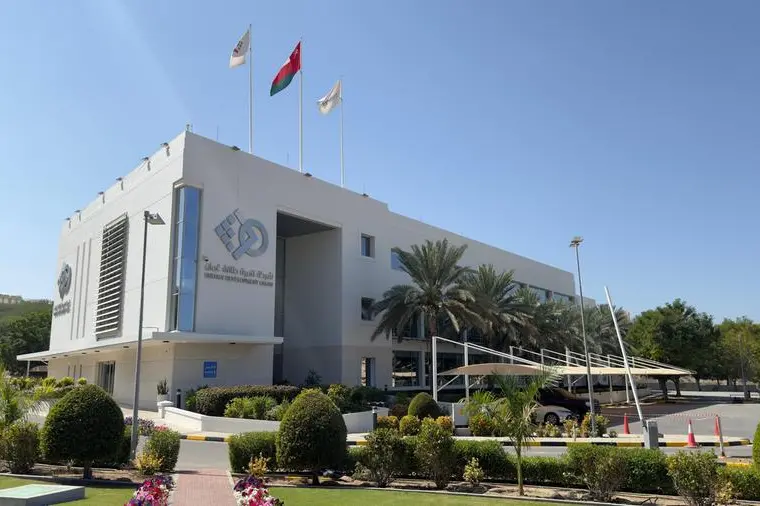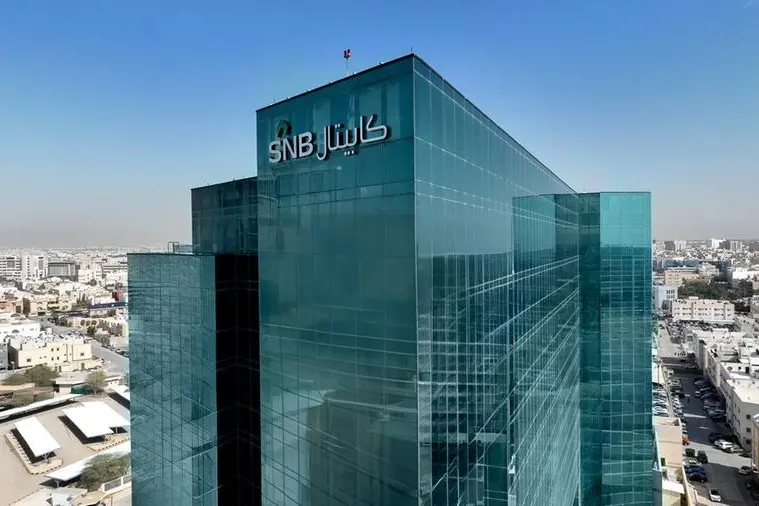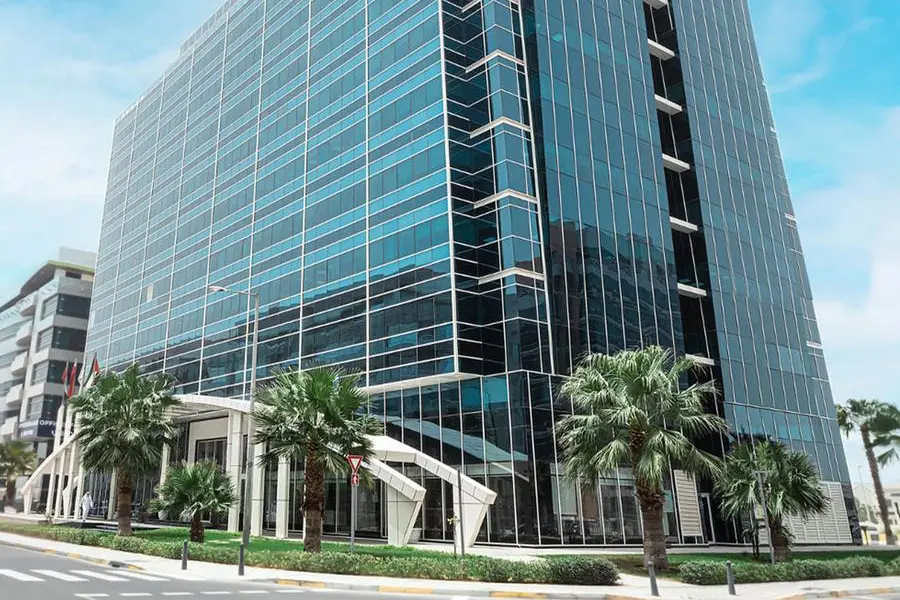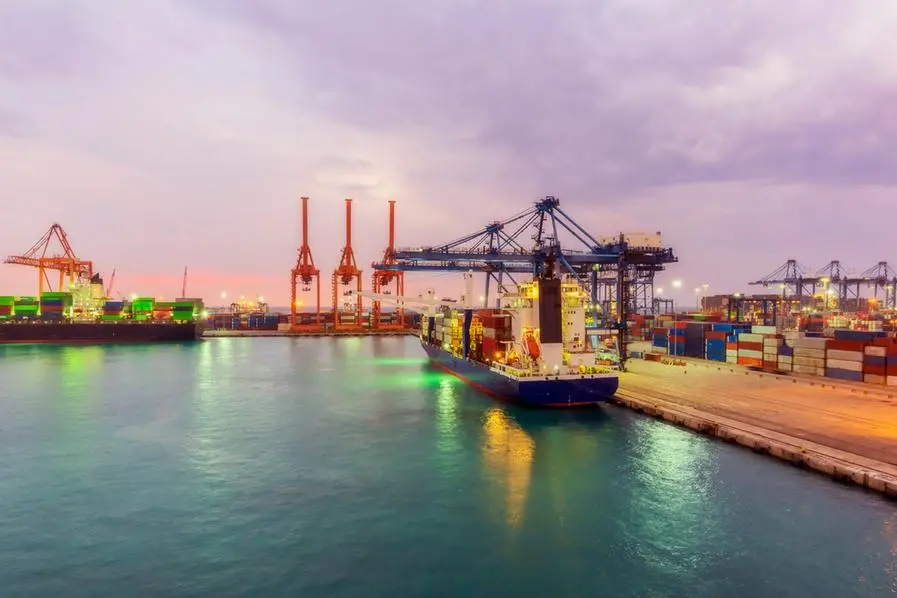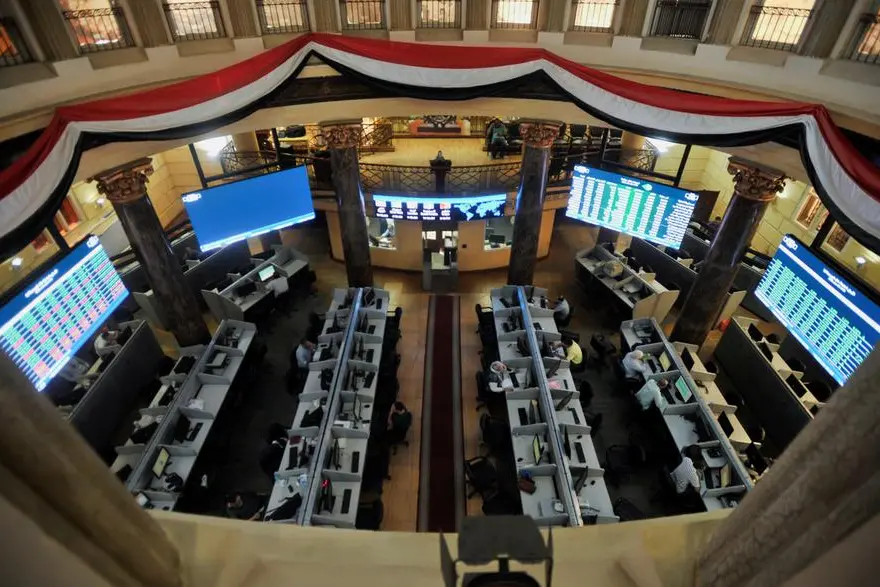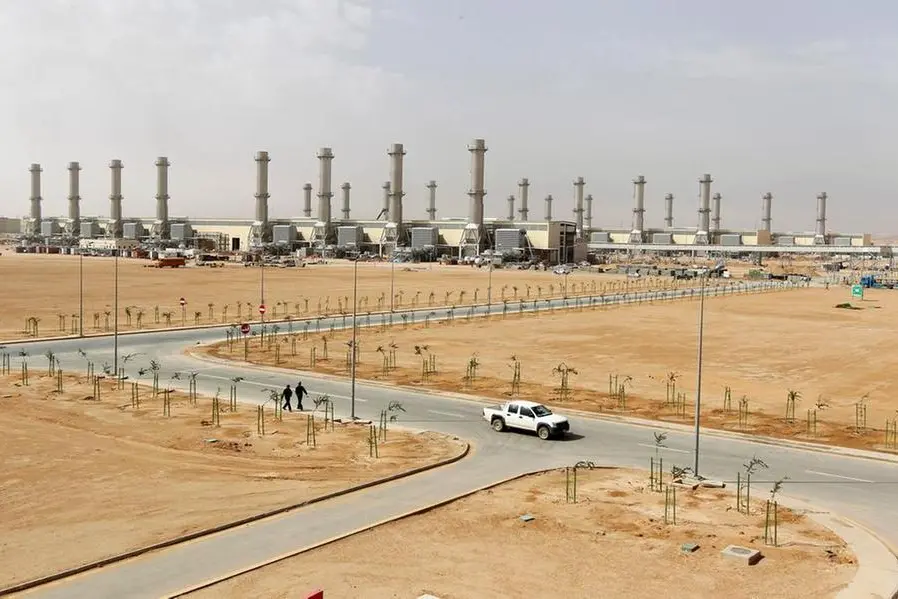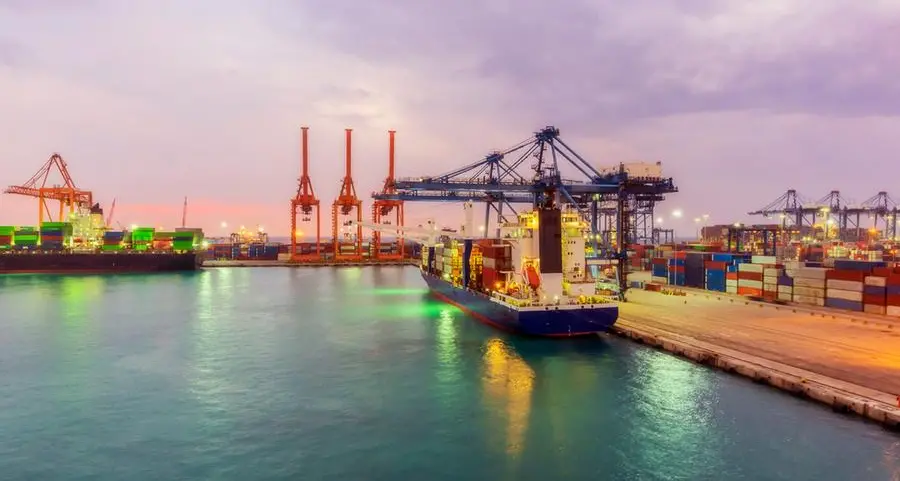PHOTO
Carbon Capture and Storage (CCS) facilities under development has grown 44 percent year on year to 244 million tonnes per annum in the past 12 months, a new report from the Global CCS Institute said.
As of September 2022, there are 196 projects in the CCS facilities pipeline with 61 new CCS facilities added in 2022 alone. Globally there are 30 CCS facilities in operation currently with the capacity to capture and store around 43 million tonnes of CO2, the report said.
“In 2022, we’ve seen CCS becoming increasingly commercial and competitive in many countries. We expect to see more strategic partnerships and collaboration driving deployment, particularly through CCS networks. This year we’ve also seen unprecedented interest and engagement in direct air capture with CCS or DACCS, with billions of dollars in funding allocated to scale-up this essential technology,” Jarad Daniels, CEO, Global CSS Institute said during the launch.
However, “global efforts to reduce emissions, including investment in CCS, are still grossly inadequate”, he added. To achieve net zero goals, CCS capacity must increase by more than 100 fold by 2050, the report added.
MENA developments
Carbon Capture Utilisation and Storage (CCUS) is poised to take off in the MENA region in the coming decade driven by high-level policy decisions and international market expectations, Jeff Erikson, General Manager for Client Engagement, Global CCS Institute said during the global launch of the report.
Nationally Determined Contributions (NDCs) and net-zero commitments made by countries, the region’s potential to take a significant share of the low-carbon hydrogen market and low carbon industrialisation plans are the key drivers, he said.
Three facilities are currently in operation in the region capturing 3.7 metric tonnes per annum of carbon dioxide equivalent to 10 percent of the global capture capacity. Qatar Gas has plans for a 5 MTPA capture facility by 2025 and ADNOC plans to capture about 5 MTPA of CO2 before 2030, the report noted.
“With the current international geopolitical situation, the growth in LNG exports from the different countries in the region presents an opportunity for low carbon fuels and CCS,” the report added.
The establishment of voluntary carbon markets and regulated carbon trading exchange and trading schemes in Saudi Arabia, the UAE and Egypt is expected to drive the carbon market in the region, benefitting all decarbonisation technologies, including CCS, the report noted.
CCUS Storage hubs
The report stated that the MENA region aims to develop a fully integrated CCUS supply chain and shows a very high potential for CCUS hubs.
Quoting a recent study conducted by AFRY and GaffneyCline on behalf of the Oil and Gas Climate Initiative (OGCI), the report said the GCC countries have the potential to store 170 Gt of CO2.
The study has identified 10 promising hub locations with the most favourable being Jubail (Saudi Arabia), northern Qatar, and Abu Dhabi.
Last month, Zawya Projects had reported that Sharjah National Oil Corporation (SNOC), one of the leading natural gas, condensate and LPG producers in the UAE, is planning to utilise its depleted reservoirs for CCS projects.
“The potential for CCS in Egypt, Nigeria, South Africa, and other countries in the region is being evaluated. The World Bank Group has been aiding its partner countries on carbon capture capacity-building and the evaluation of CO2 geological storage potential. The most recent study on the potential for CCS in Nigeria was announced in 2022,” the report said.
Globally, about 70 percent of the commercial CCS projects in development aim to use dedicated geological storage in deep saline formations and depleted oil and gas fields, the report noted.
(Writing by Sowmya Sundar; Editing by Anoop Menon)
